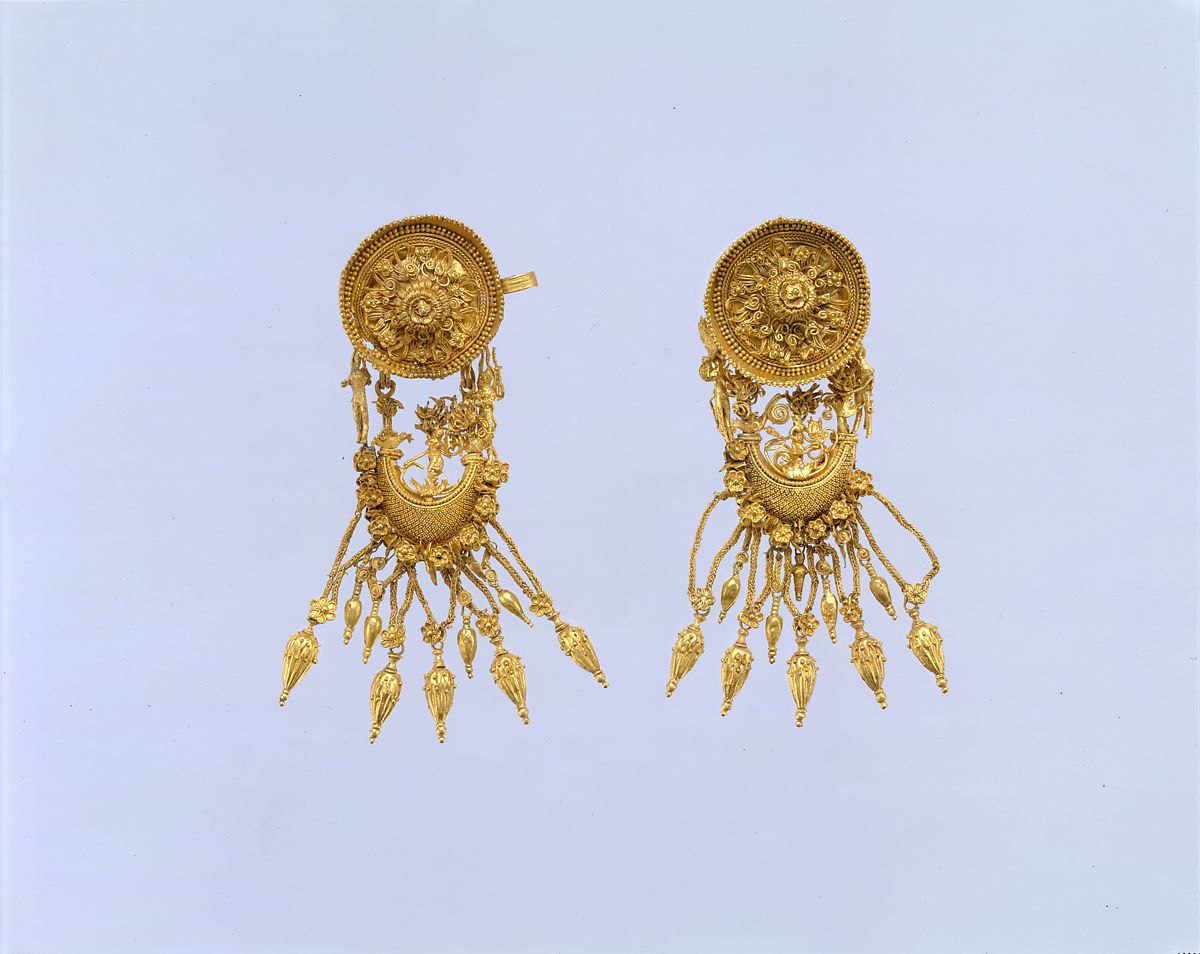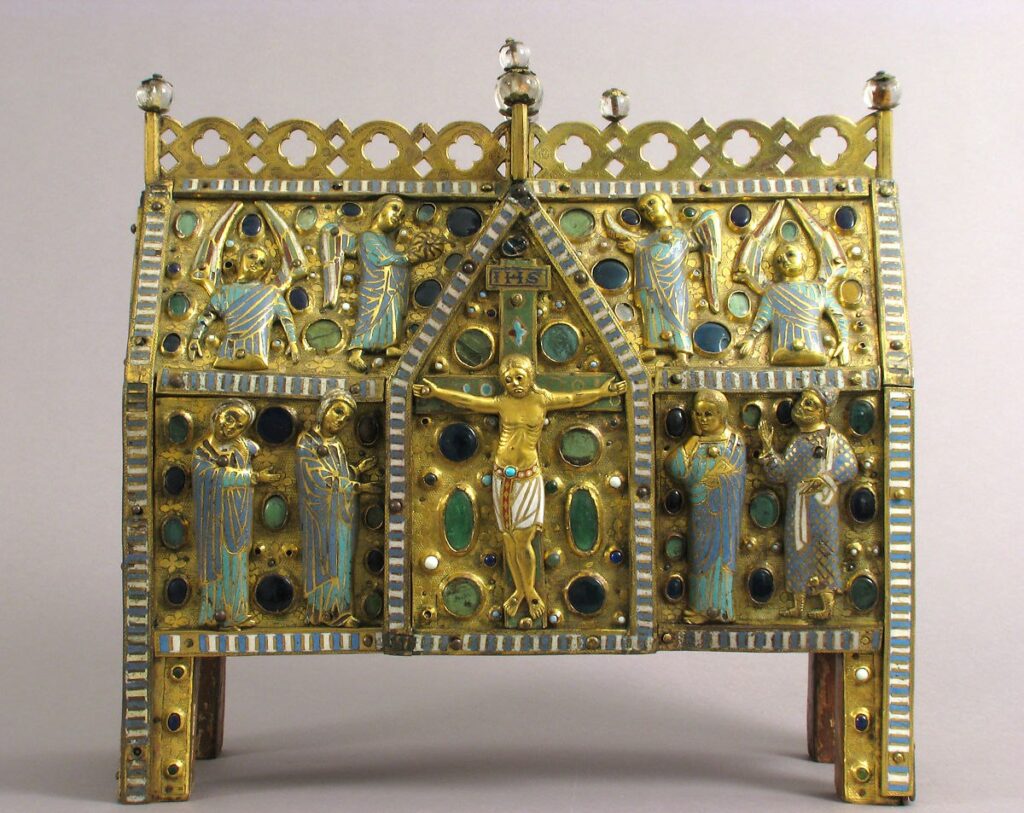
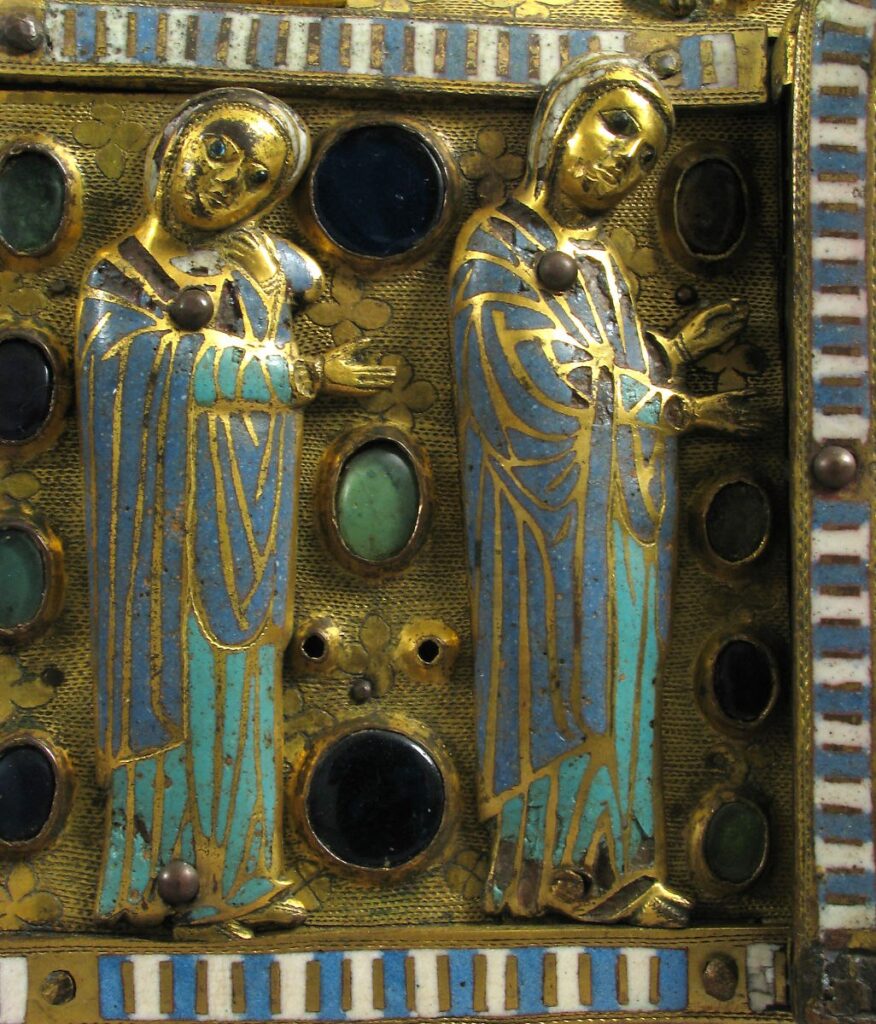
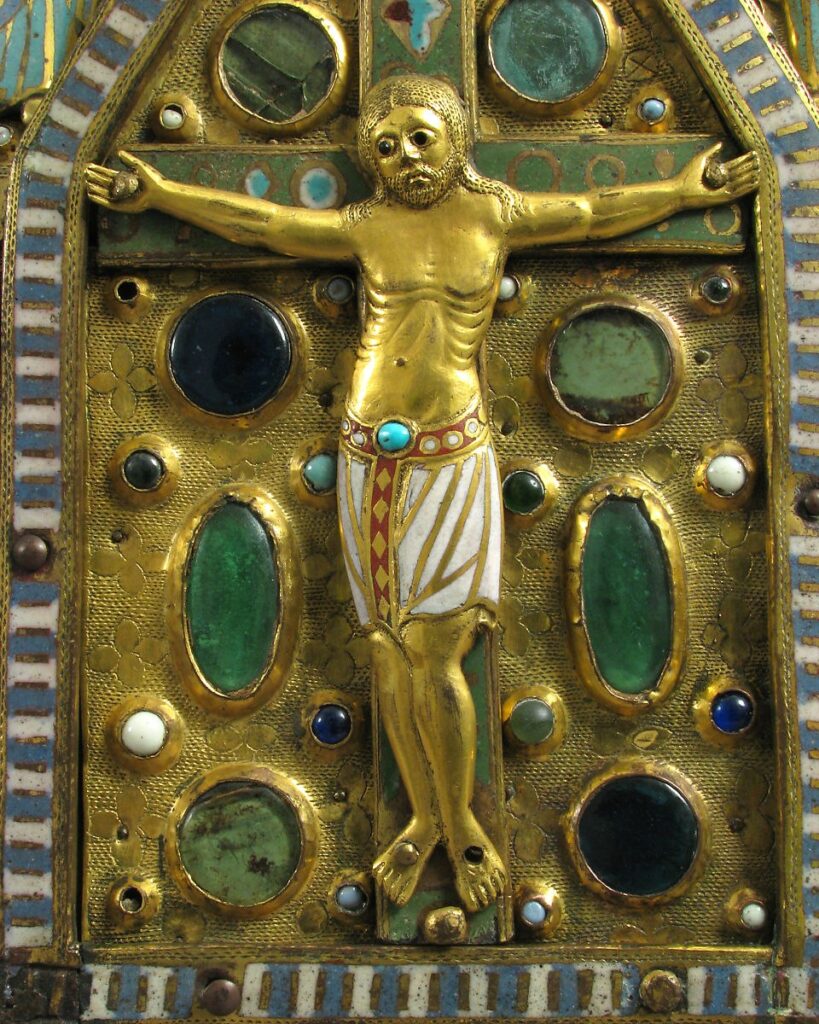
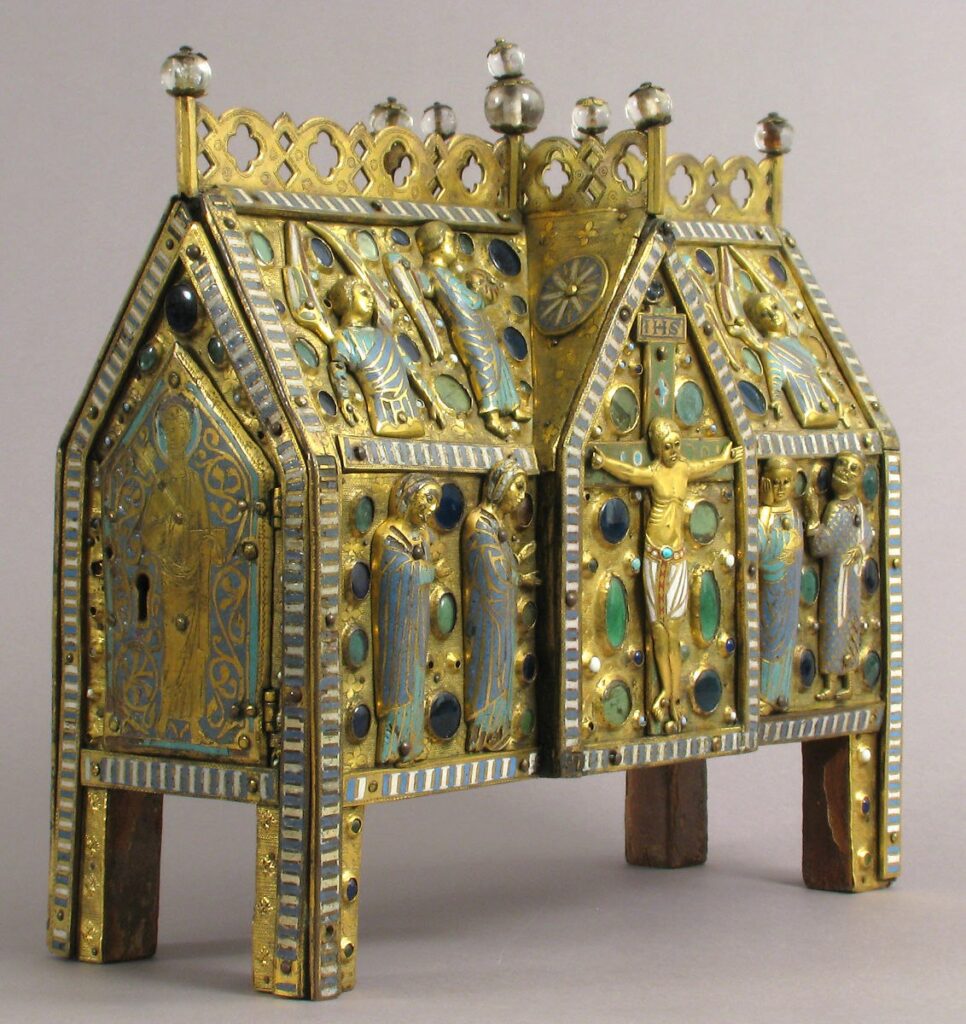

A reliquary is a repository of relics, that is, holy objects. It may be relics of a saint or a part of them, a part of the Holy Cross or other objects connected with the earthly life of the Savior and His saints, or with the posthumous veneration of saints. As a rule, reliquaries are richly and solemnly decorated, thus expressing veneration for the sacred things they contain. It is the custom of churches to build temples on the relics of saints. The rule that no church can be built unless it possesses holy relics was adopted by the Fifth Council of Carthage (rule 10). In the VI-VIII centuries, however, there were still isolated deviations from this rule. It was forbidden by the VII Ecumenical Council to build churches without relics. One of the reasons of this rule was not to honor the relics of some iconoclasts against whom the VII Ecumenical Council was directed. Relics were placed in the altar of churches.
Roman jewelers mastered all the techniques known since antiquity: forging, embossing, filigree, joint riveting. The enamel on embossed reliefs became widespread. The bright colors of enamel were beautifully combined with the brilliance of gold. And the only subject of church utensils, which did not limit the artist’s imagination, was the Reliquary. Limoges cut enamels are found all over Europe; the most common production of this center is the Reliquary in the form of a model of a temple with a gable roof and typical architectural decorations. Limoges continued to produce Romanesque pieces even in the early 13th century, during the Gothic period. The Limoges jewelers enameled copper relief figures, giving their work a new sculptural quality and variety. The piece in the form of a casket is decorated in a regal manner.
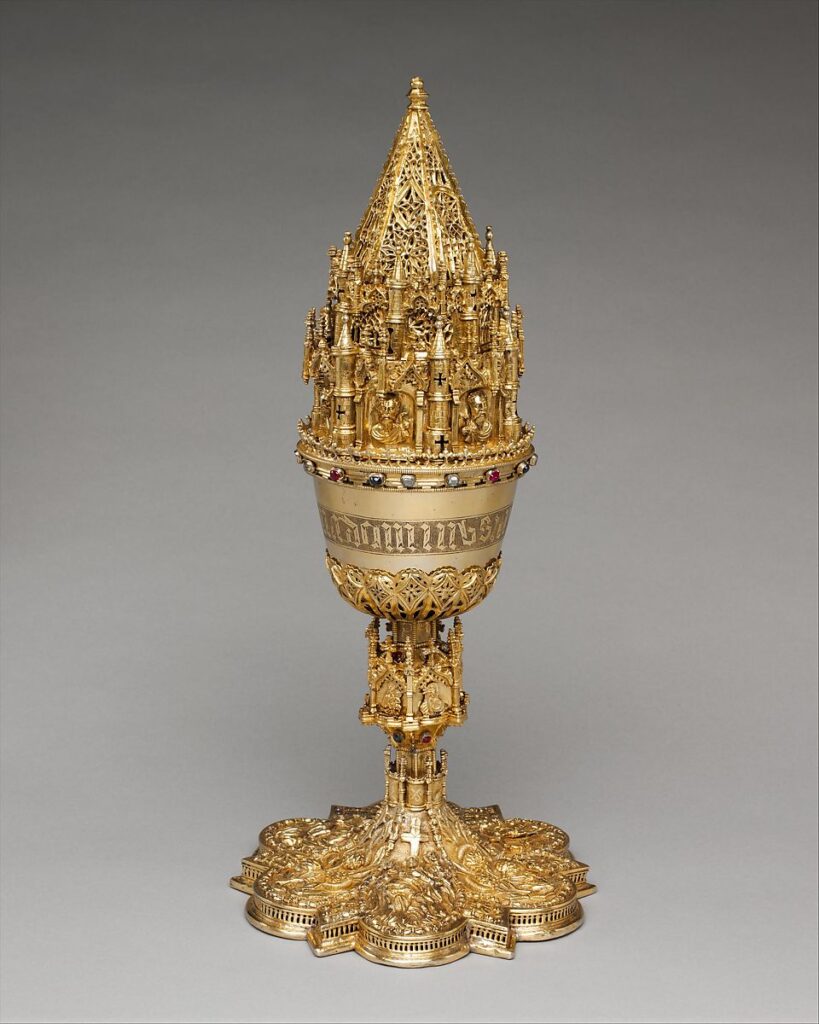
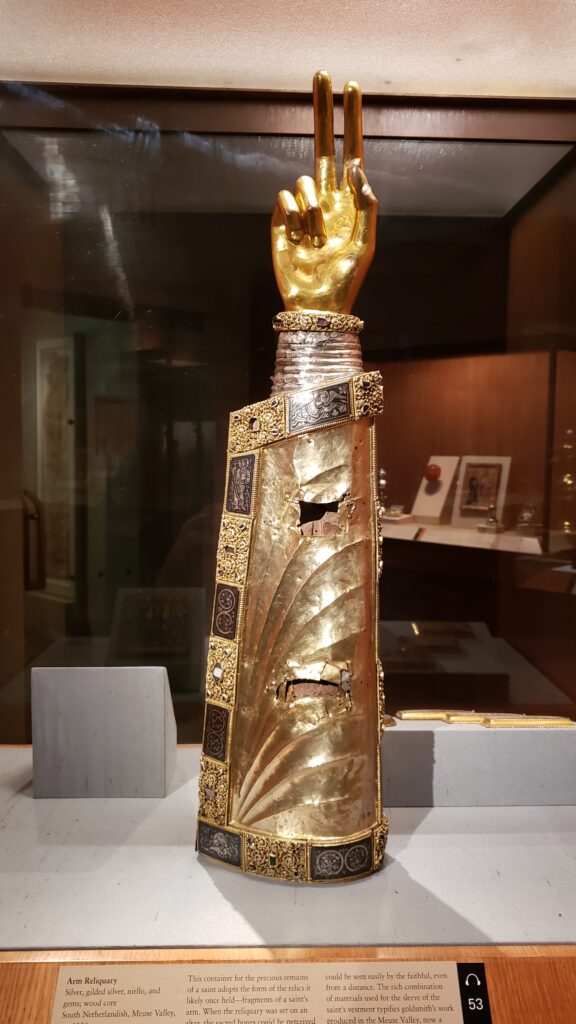
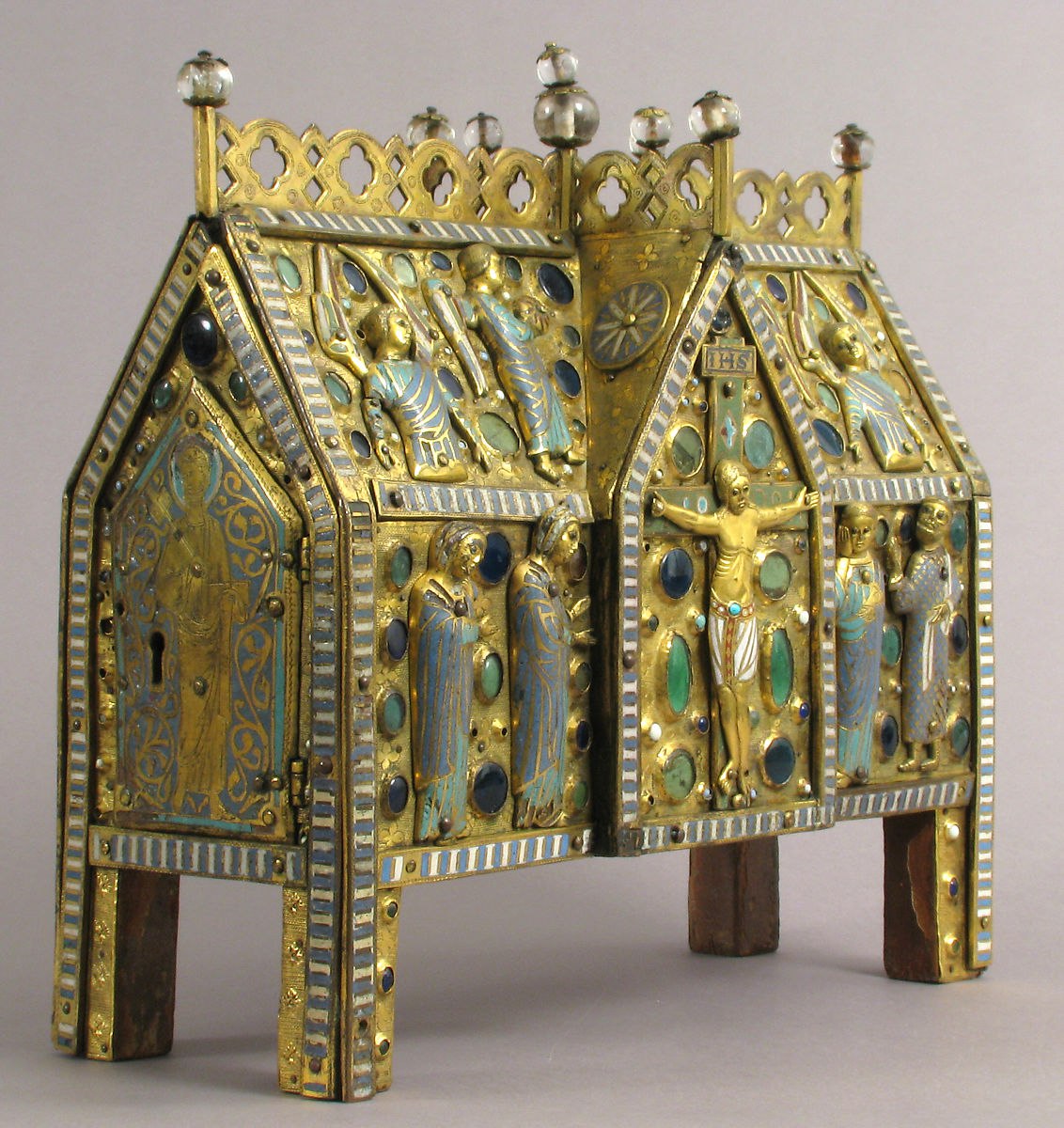 " alt="A reliquary is a repository of relics, that is, holy objects" loading="lazy">
" alt="A reliquary is a repository of relics, that is, holy objects" loading="lazy">


